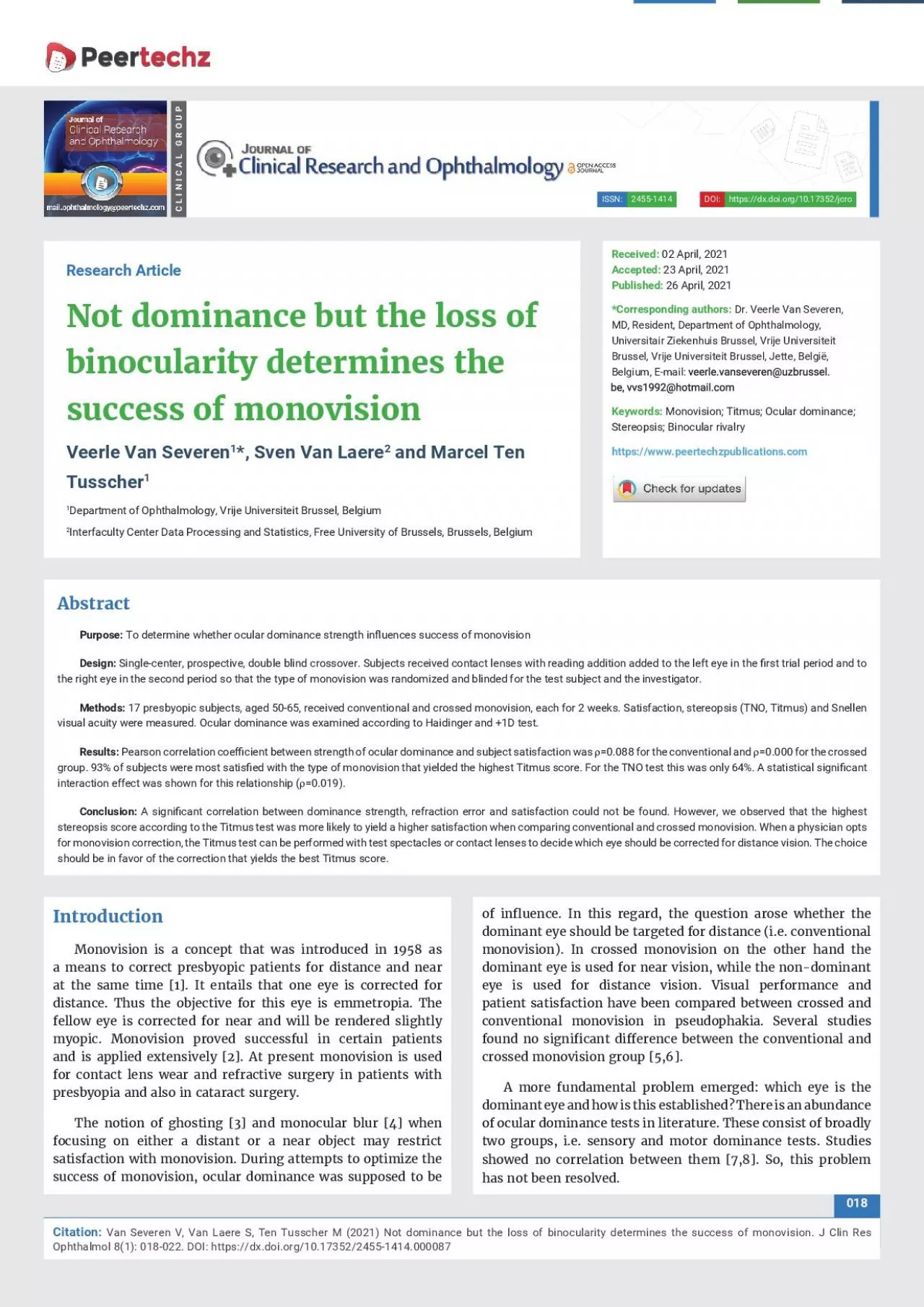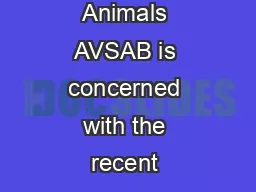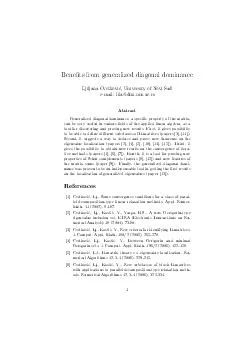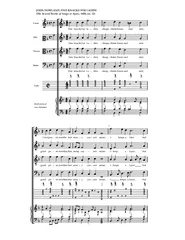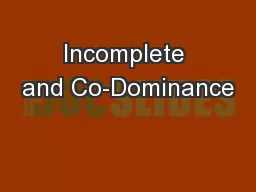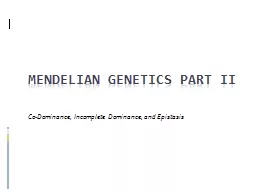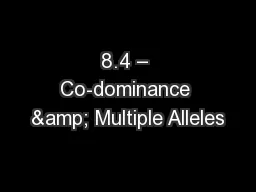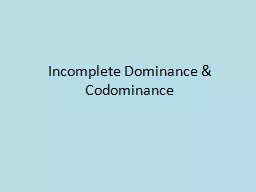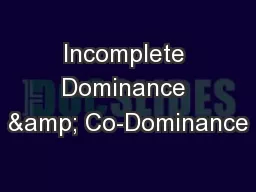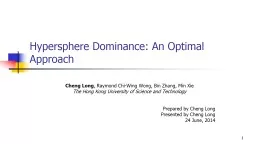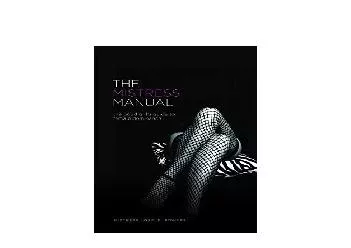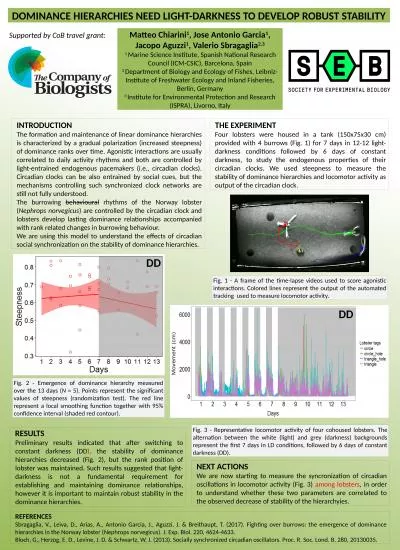PDF-Van Severen V Van Laere S Ten Tusscher M 2021 Not dominance but t
Author : fiona | Published Date : 2022-08-16
018 uences success of monovision rst trial period and to 17 presbyopic subjects aged 5065 received conventional and crossed monovision each for 2 weeks Satisfaction
Presentation Embed Code
Download Presentation
Download Presentation The PPT/PDF document "Van Severen V Van Laere S Ten Tusscher M..." is the property of its rightful owner. Permission is granted to download and print the materials on this website for personal, non-commercial use only, and to display it on your personal computer provided you do not modify the materials and that you retain all copyright notices contained in the materials. By downloading content from our website, you accept the terms of this agreement.
Van Severen V Van Laere S Ten Tusscher M 2021 Not dominance but t: Transcript
Download Rules Of Document
"Van Severen V Van Laere S Ten Tusscher M 2021 Not dominance but t"The content belongs to its owner. You may download and print it for personal use, without modification, and keep all copyright notices. By downloading, you agree to these terms.
Related Documents

